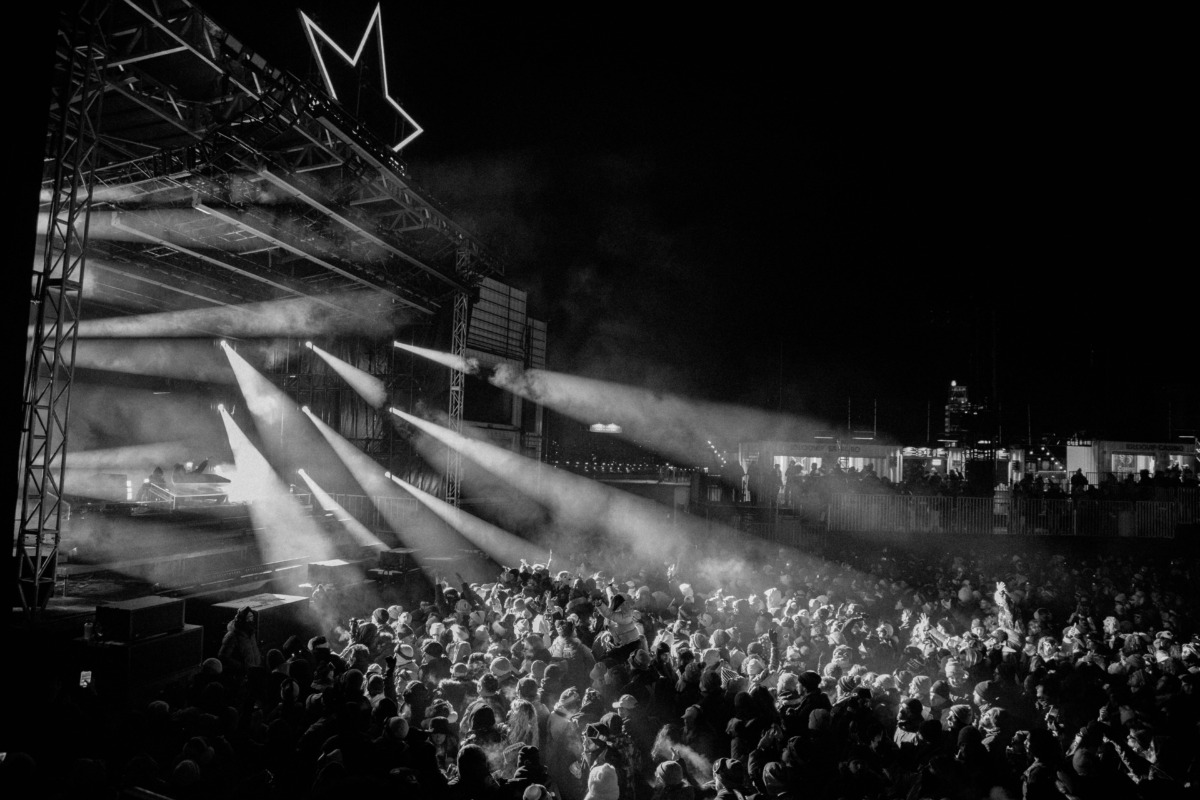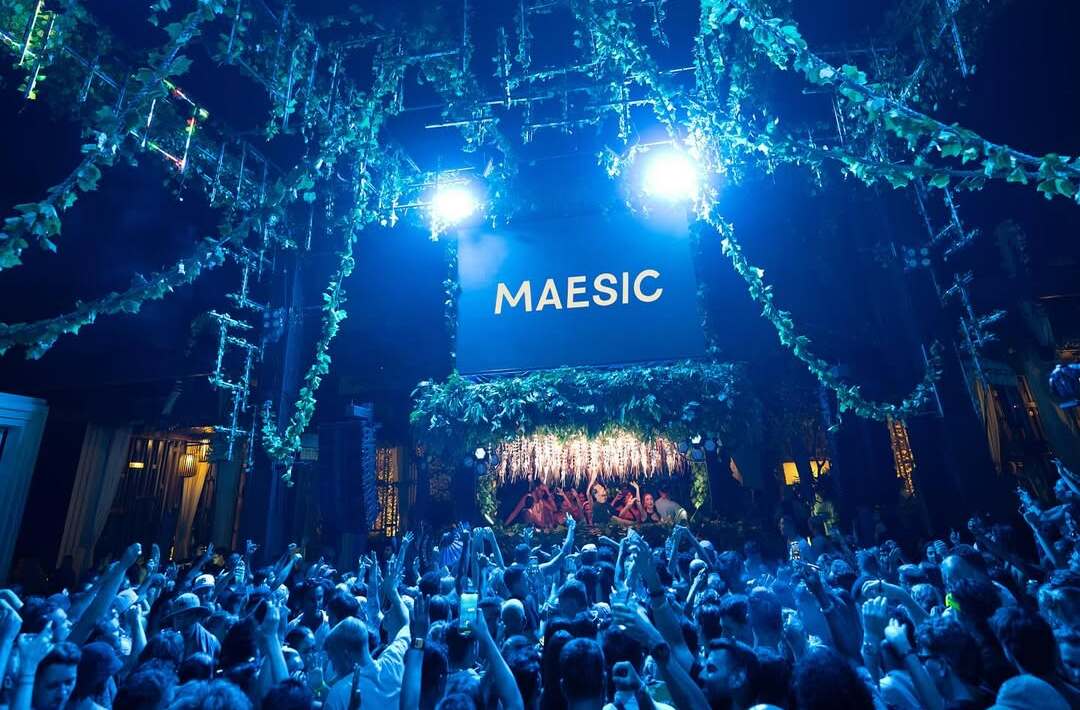Bleach, originally written and drawn by Tite Kubo, was once one of shonen's "big three," and these three titles borrowed many ideas from their inspiration, Akira Toriyama's Dragon Ball franchise. Dragon Ball established many shonen staples in its day, including the amusing anime trope of characters shouting their attack names when using them.
It's easy to poke fun at this convention, especially since characters keep doing it, from the United States of Smash to the Gum-Gum Pistol. However, there's some merit to this shonen staple, and Bleach in particular makes attack names far more meaningful in its combat system. In fact, Bleach's combat system wouldn't even function if the characters didn't state the names of their weapons and techniques.
How Attack Names In Bleach Awaken True Power
In most shonen combat shows, the fighters don't actually have to shout the names of their techniques or weapons -- they do so simply because they want to. Naruto's Rasengan would work the same even if Naruto were silent, and no words are necessary for the famous Kamehameha attack. Meanwhile, in Bleach, the characters also shout the names of their advanced kido spells or of their shikai and bankai, but this is for more than show. In Bleach, names mean far more, and a Soul Reaper cannot use their full power without saying the name first.
Soul Reapers don't wield ordinary swords. They carry zanpakuto -- soul-cutting swords that all have their own names, abilities and even personalities. Like in Soul Eater, these are weapons with a conscience, and Soul Reapers are supposed to view their zapakuto as partners, not mindless tools. A Soul Reaper will only grow stronger and unlock their zanpakuto's power by forging a personal bond with that weapon. This includes learning its name, which is highly meaningful to the zanpakuto. Captain Zaraki couldn't use his zapakuto's true power until he learned its true name, Nozarashi, later on, and other Soul Reaper officers also made sure to learn their own zanpakuto spirits' names.
A zanpakuto's name is the link between it and the Soul Reaper, so naturally, the Soul Reaper must state their zanpakuto's name and phrase before releasing its true power in combat, and the same is true for when bankai is activated -- the fullest name of that zanpakuto. In this way, Bleach's names are far more meaningful, and it's not just for show when Captain Kuchiki says "Bankai: Senbonzakura Kageyoshi."
Captain Kuchiki has a strong bond with his zanpakuto, and he must honor it before releasing its power in battle, such as during the "Soul Society" arc. This arc is when Ichigo and his friends learned the true power of zanpakuto and the vast importance of their names; for example, Ichigo learned the name of his own zanpakuto, Tensa Zangetsu, and he wouldn't have gotten very far without that name.
Similarly, the kido combat system calls for names, and not just for fun. Soul Reapers must speak a poetic incantation to fire a kido spell, and the words help focus their mind and energy, just like the incantations in Harry Potter. Notably, Soul Reapers of sufficient skill can omit the incantation and simply say the spell's name, which is a mark of true power. Captain Aizen Sosuke, for example, amazed everyone by casting a kido spell ranked in the 90s with its name alone.
Attack Names & Real-Life Ethnic Inspirations
Attack names in Bleach also set the main factions apart, as these names draw inspiration from the real world. Soul Reapers are all Japanese-inspired, meaning their zanpakuto and kido spells have matching names, from Hozukimaru and Sode no Shirayuki to Suzmebachi and Ryujin Jakka, just to name a few.
Then, when the "Arrancar" arc began, the villainous Hollows and Arrancars attacked, setting themselves apart with their Spanish naming conventions. These villains had Spanish names for everything, from their armor-like skin to their spiritual sensors, and their zanpakuto names fit the trend. For the first time, Ichigo and his friends faced zanpakuto with foreign-sounding names, which reinforced the alien nature of the Arrancars. Ulquiorra has a zanpakuto named Murcielago, or "bat," and its second stage is called the Segunda Etapa. Then there's the Arrancar capital -- a vast fortress called Las Noches, or "night."
The manga's "Thousand-Year Blood War" arc introduces the Quincy empire, which has a military German theme, from its capital of Silbern, or "silver," to the empire's name, Wandenreich, meaning "hidden empire." These Quincy also have German names for their techniques, such as Blut Vene, Voll Stern Dich and Sankt Zwinger, and they even use English names for their epithets, such as The Iron and The Power. English is a Germanic language, after all, allowing it to fit this exotic and highly meaningful naming convention.
About The Author

